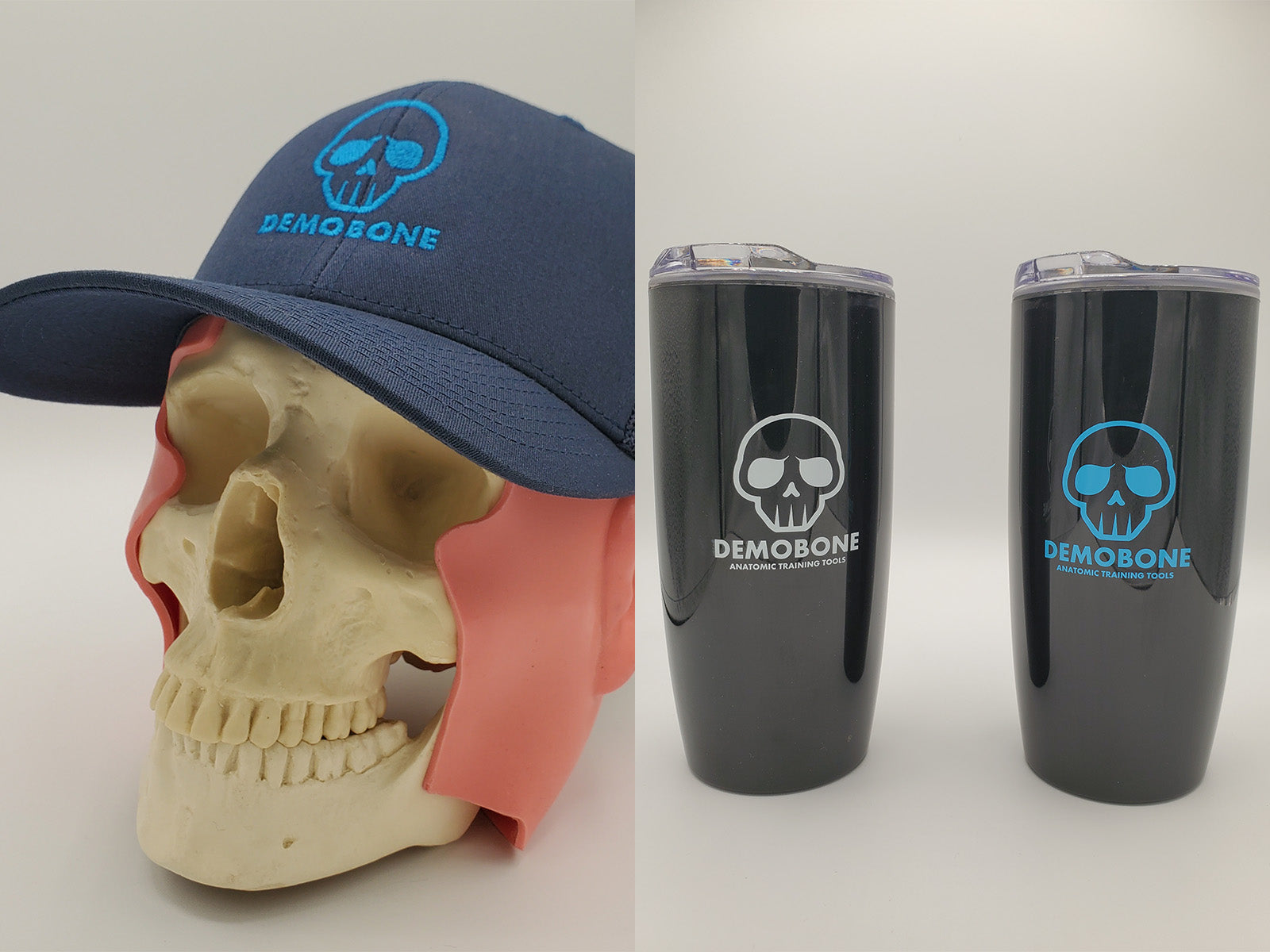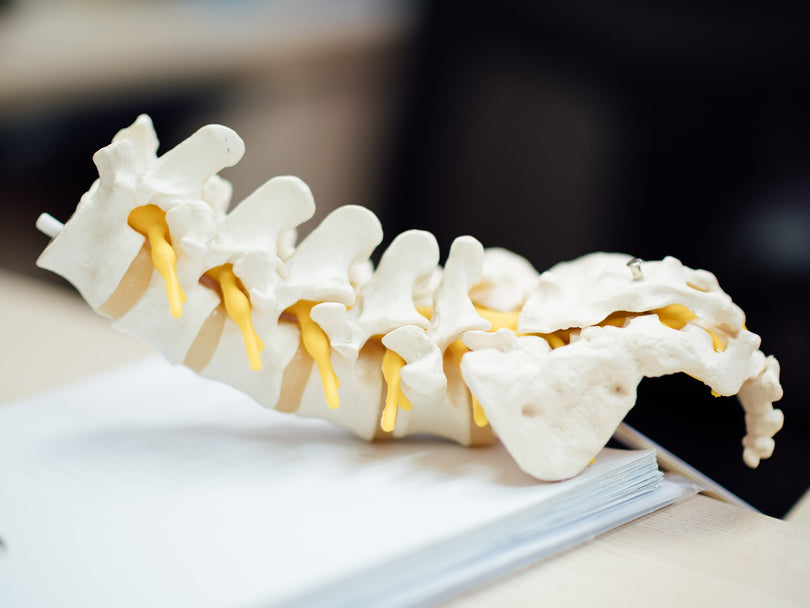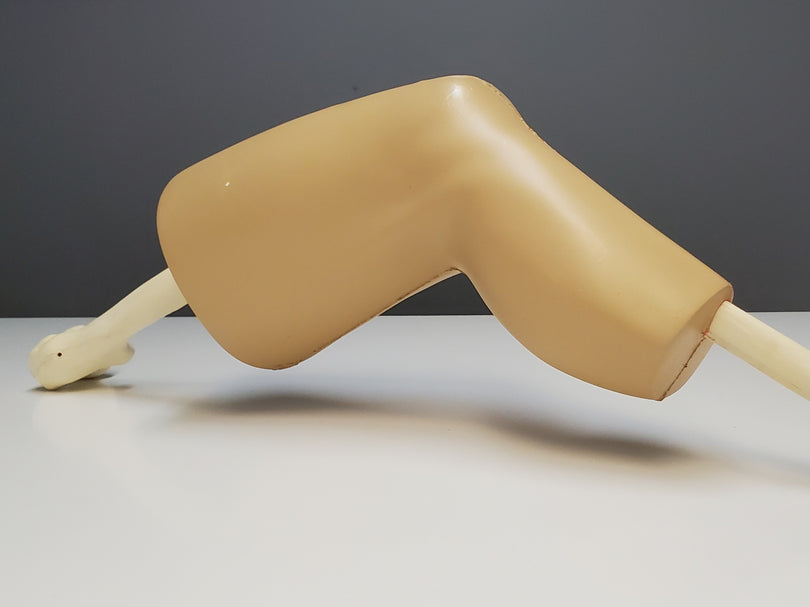Since the pandemic there has been a global shortage of body parts, especially in the United States. Donating your body is an altruistic act and motivated by the desire to have purpose even after death. Families are not monetarily compensated for donating their loved ones' bodies but it limits costs associated with death including transportation, death certificate and permits, cremation, or the return of cremated remains.
As part of the government’s pandemic relief effort, the Federal Emergency Management Agency (FEMA) is paying up to $9,000 per death for Covid-related funeral expenses. Over 67,000 families have applied for FEMA assistance and a portion of those families would have donated in the past.
We believe cadaveric training sits at the top of medical education and training but companies have had to look for alternative means of training and invested in VR and AR and the need for Demobones is growing. Cadavers are hard to find, expensive, and can present logistical challenges. Sometimes it takes many touches for a surgeon to gain comfort with an implant and we believe we have a better training road map than jumping right into a cadaver lab. If your company offers VR training, start there and gain some interest. Follow it up with an in-office Demobone lab and move to cadaver lab if necessary. Then work with the surgeon to commit to a patient and offer one more Demobone training the week of the surgery. Practice makes perfect and the repetitive use of Demobones offers a path to patient and company success.






